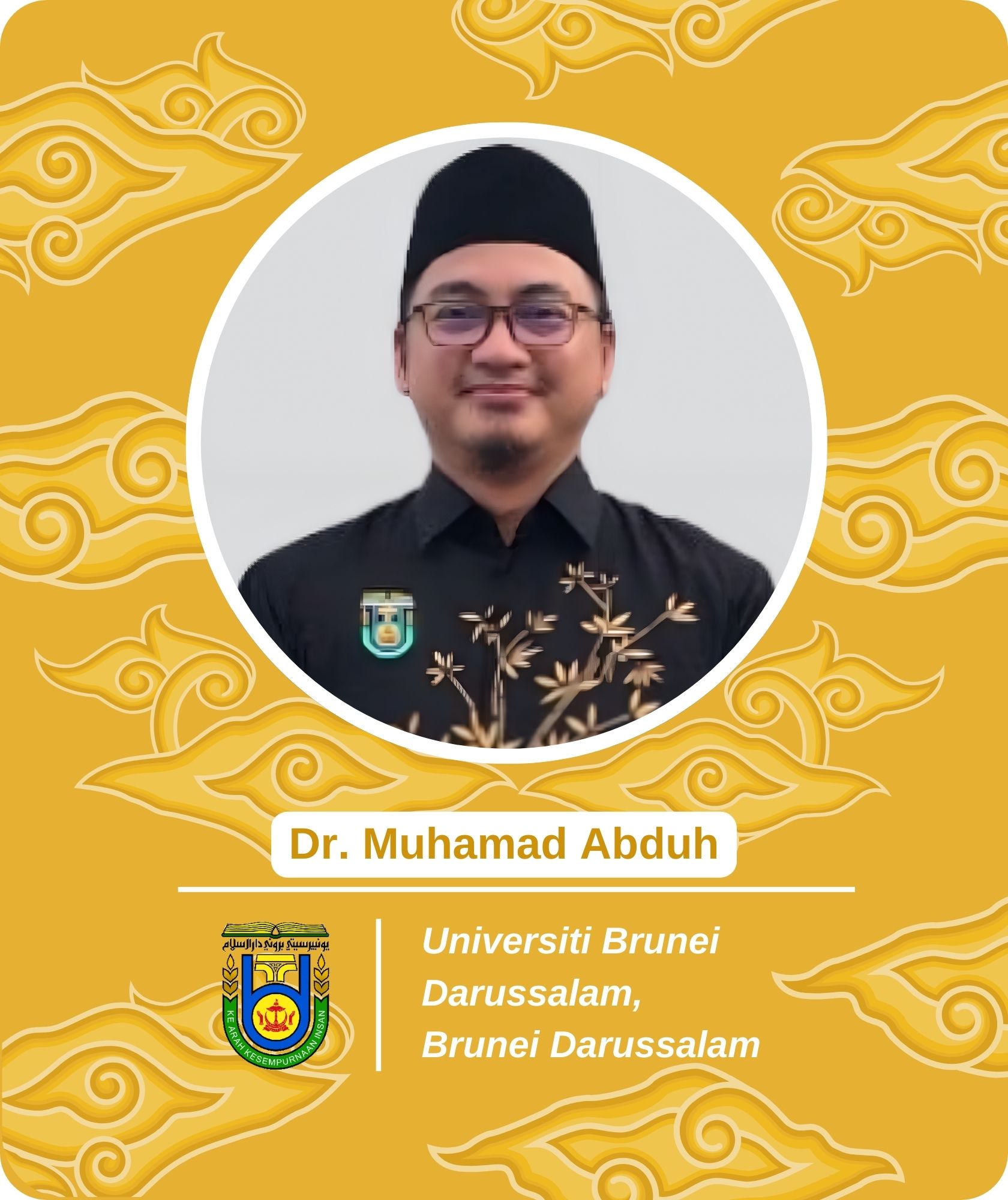The Estimation of Stiffness Properties of Bamboo Culm Based on Stress Wave Velocity in Nondestructive Testing
Keywords:
bamboo culm, nondestructive testing, standing live bamboo, Tali bamboo, Betung bambooAbstract
The mechanical stiffness properties are usually used to evaluate characteristic materials in terms of construction usage. This study aims to analyze the characteristics of sound wave velocity in standing live bamboo culms and felled bamboo culms in estimating its stiffness properties. The Fakopp Microsecond Timer® was used to measure stress wave velocity of each 15 betung bamboo (Dendrocalamus asper) and 15 tali bamboo (Gigantochloa apus) for both two conditions at standing and felled bamboo culms. The result found that the average sound velocity at the standing live bamboo was 3550.70 m/s, while the felled ones were 4012.14 m/s. The stiffness properties of the felled culm bamboo were higher than those of the standing bamboo culm. Our study found that the Betung bamboo had higher stiffness properties than Tali bamboo. The parameters of bamboo species, culm bamboo condition, transducer position, and the placement of the transducer in the bamboo section as well as the axial position were significant to determine the stiffness properties of culm bamboo. It seems that nondestructive testing of acoustic-based is potentially used to predict the stiffness properties of bamboo at in-situ testing.




















